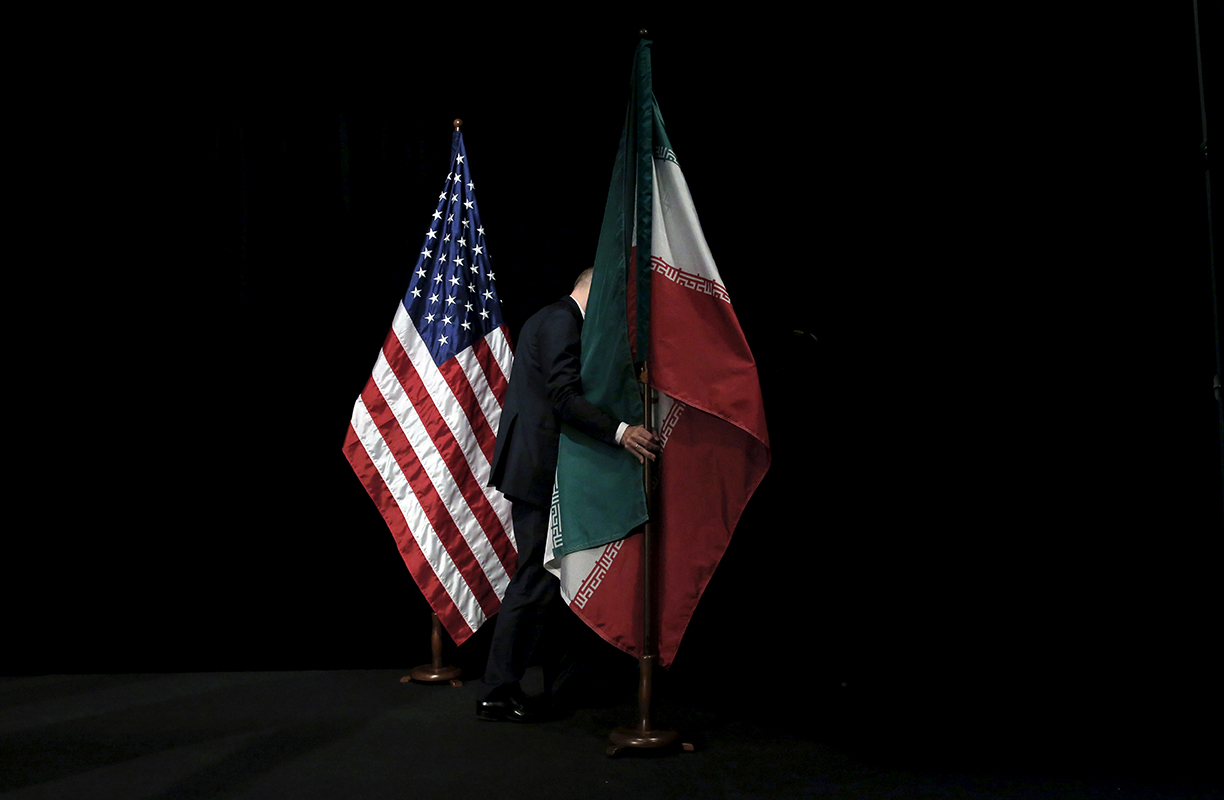ARTICLE AD BOX
Albania is seeing a rebirth of its communist-era military structures. No, not to prepare for a war. The country has turned old bunkers and barracks into tourist destinations. Once symbols of isolation and fear under the iron grip of dictator Enver Hoxha, these buildings are now being repurposed by entrepreneurs and returning émigrés, offering a glimpse into Albania's complex past while helping the country embrace a more prosperous future.
For decades, Albania's legacy of over 220,000 bunkers — built to fortify the country against potential invasions during Hoxha's regime — served as grim reminders of a nation consumed by fear. During the height of his rule, Hoxha's government shut off the country from the outside world, creating an atmosphere of surveillance, paranoia and control. Thousands were imprisoned or executed for attempting to flee, while the population was subjected to a brutal, Stalinist regime.
But today, this dark history is being revisited through a new lens. Instead of remaining relics of a repressive past, many of these structures are now thriving as part of Albania's tourism boom, which has gained momentum in recent years. Many of the country's former military outposts have been transformed into art galleries, hotels, and restaurants, offering visitors a unique opportunity to connect with Albania's history unexpectedly.
One such transformation is found just outside Tirana, where the former military barracks of Kazerma e Cerenit have been reborn as a popular restaurant and agritourism destination, reported CNN. The idea came from Ismet Shehu, a chef who trained in the UK and worked with royalty before returning to Albania to open a series of restaurants. His latest venture, Kazerma, opened its doors just a year and a half ago. The building, once used for housing military trucks and equipment, now serves as a farm-to-table dining experience.
Shehu said, “When people come here, they say, ‘Wow!', this place used to be for soldiers, it used to be for tanks, TNT and grenades.”
At Kazerma, guests enjoy traditional Albanian dishes served in military-style canteens, with waiters dressed in military uniforms. The restaurant's decor features original memorabilia, including trays and pans from military field kits used to serve duck, alongside former military bunkers now repurposed for wine and cheese tastings.
Just a short drive away, another reminder of the past is Bunk'Art 2, a nuclear-grade bunker now serving as one of Albania's most important museums. Bunk'Art 2 chronicles the political atrocities of Hoxha's rule, housing exhibitions on the Sigurimi — Albania's local surveillance police. Among the objects on display is a wooden broomstick that has a listening device covertly placed in its head, allowing neighbours to spy on one another.
Eni Koco, a local tour guide who lived through the years of communist control, recalls how Albania was effectively cut off from the rest of the world, with borders sealed tight to prevent any form of escape. “We became compared with North Korea because the government created a cult of personality, telling us they were gods and we needed to worship them, creating a system to control the borders and killing anyone trying to escape or enter the country,” said Koco.
The Ottoman-era town of Gjirokaster, Hoxha's birthplace, offers another layer to the country's history. While the building where Hoxha was born is now the Ethnographic Museum, efforts are also underway to preserve the history of Albania's communist period. Then in the farming village of Fishte, agritourism has breathed new life into another former communist-era site. The Mrizi i Zanave restaurant, set in a compound that was once a prison, now serves as a hub for local traditions and food.
.png)
 1 week ago
1
1 week ago
1








 English (US)
English (US)